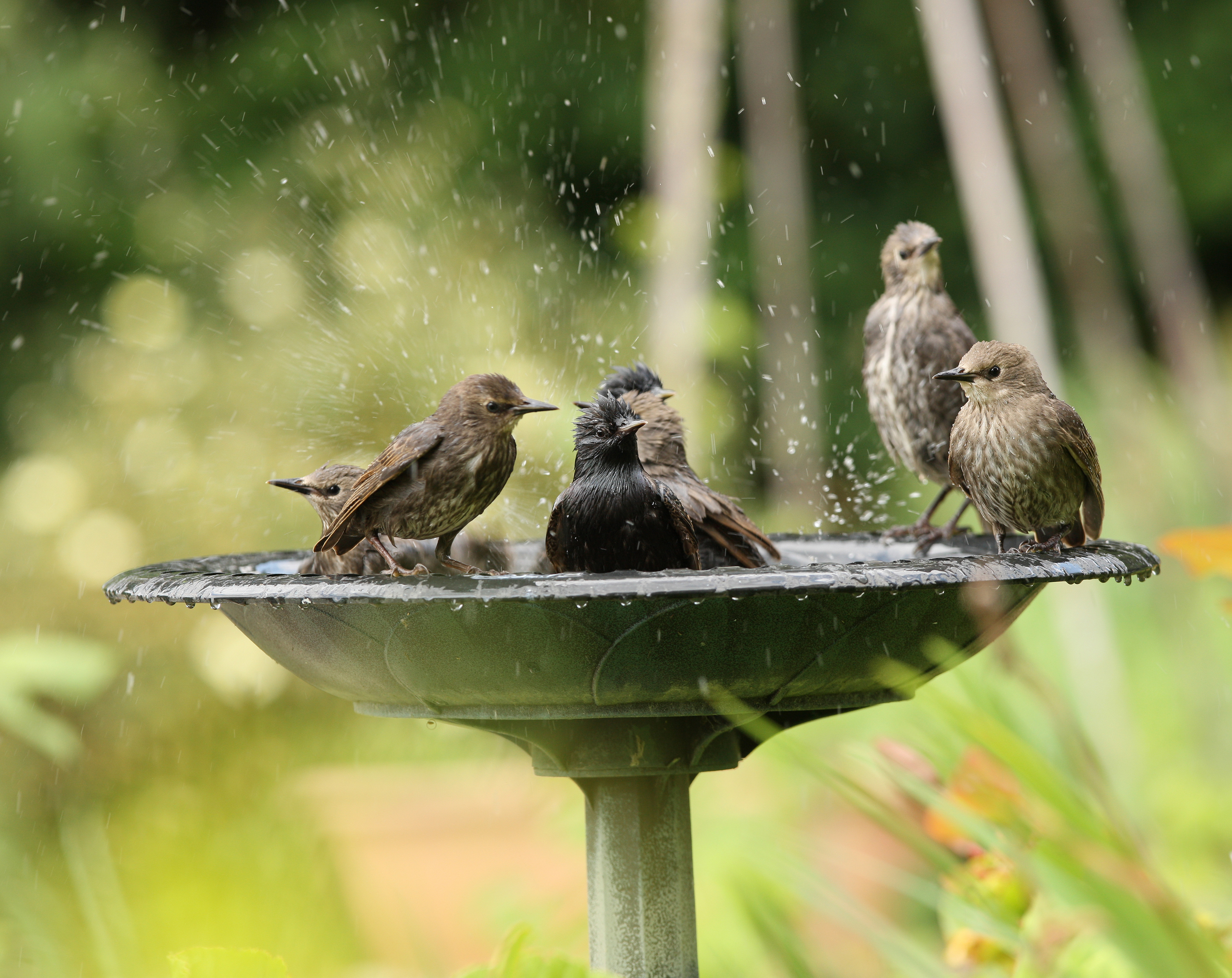Birds need water every day, not only for drinking but also for bathing. To ensure their well-being and encourage their presence in your garden, it is important to provide them with a water source. Bird baths can be placed at various heights, including on the ground, on pedestals, or even hung. However, birds naturally seek water near the ground, so this might be the most preferred option. This article explores the pros and cons of placing bird baths at different heights, as well as other factors to consider, including predators, cleanliness, and the use of viewing windows. By understanding the importance of providing water for birds and considering these aspects, you can create a bird-friendly environment and enjoy the beauty of these feathered friends in your own backyard.

Importance of Providing Water for Birds
Birds need water every day for drinking and bathing. It is essential to provide a water source for them, especially during hot and dry weather. Having access to clean and fresh water is crucial for their survival and overall well-being. By providing water, we can attract more birds to our yards and increase the diversity of species we observe. Additionally, supplying water for birds can create a peaceful and enjoyable environment for birdwatching and connecting with nature.
Placement of Bird Baths
Bird baths can be placed at any height, depending on personal preference and the available space in your yard. Some people like to place bird baths on the ground, while others prefer to have them on pedestals or even hung. Each placement option has its own advantages and considerations.
Bird baths on the ground
Birds naturally seek water near the ground. Placing a bird bath directly on the ground can attract a variety of bird species, including those that prefer ground-based foraging and bathing behaviors. This placement option mimics natural water sources found in the wild, making it more attractive and accessible to birds. However, it is important to ensure that the ground beneath the bird bath is level and well-drained to prevent pooling and stagnation of water.
Bird baths on pedestals
Placing bird baths on pedestals offers several advantages. First, it raises the water source to a higher level, which can make birds feel safer and more comfortable while drinking and bathing. The elevated placement may also provide better visibility for birdwatching. Additionally, pedestal bird baths can help keep the water cleaner by reducing the chance of debris and dust contaminating the water.
Hung bird baths
Hung bird baths provide another option for attracting birds. By suspending the water source from a tree branch, pole, or hook, we create a unique and dynamic focal point for birds. Hung bird baths can be particularly enticing for species that are more arboreal in nature, such as finches and warblers. However, it is essential to ensure that the hanging bird bath is securely fastened to prevent accidents or damage caused by storms or strong winds.
Pros and cons of placing bird baths at different heights
Regardless of the placement option chosen, there are pros and cons to consider.
Placing bird baths on the ground is beneficial for attracting a wide range of bird species. It mimics natural water sources and creates a more natural environment. However, there is an increased risk of contamination due to dirt, leaves, and other debris. Additionally, ground-level bird baths may be more susceptible to interference from squirrels, cats, and other ground-dwelling predators.
Pedestal bird baths offer advantages such as elevated visibility for both birds and observers. They also help keep the water cleaner. However, some bird species may be hesitant to use bird baths placed on pedestals, as they may feel more exposed and vulnerable to predators.
Hung bird baths provide a unique and visually appealing option. They can attract certain bird species that prefer arboreal habitats. However, maintaining stability and preventing damage or accidents can be more challenging with hung bird baths. Additionally, they may require extra effort to clean and refill due to their elevated placement.

Factors to Consider for Bird Bath Placement
When deciding on the placement of a bird bath, several factors should be considered to maximize its effectiveness and safety.
Predators
Predators, such as cats, squirrels, and larger birds, can pose a threat to the birds using the bath. Placing the bird bath in an open area away from bushes or trees can help minimize the risk of ambush from these predators. It is also beneficial to provide cover nearby, such as shrubs or dense foliage, allowing birds to quickly seek refuge if needed.
Cleanliness
Maintaining a clean and hygienic bird bath is crucial for the health of the birds using it. When choosing a location, consider the ease of access for cleaning and refilling. Placing the bird bath near a water source, such as an outdoor faucet, can simplify this task. Avoiding areas with excessive debris, such as under trees with overhanging branches, can also help keep the water cleaner for birds.
Viewing windows
Having a clear line of sight to the bird bath can enhance the enjoyment of birdwatching. Consider the visibility from your home or preferred viewing area when deciding on the placement. If possible, position the bird bath in a location that allows for unobstructed views, minimizing the need to disturb the birds while observing them.
In conclusion, providing water for birds is essential for their survival and well-being. By choosing the right placement for bird baths, we can attract a wide variety of bird species, create a peaceful environment for observation, and support their natural behaviors. Factors such as predation risks, cleanliness, and visibility should be taken into account when deciding where to position the bird bath. By considering these factors and providing a reliable water source, we can contribute to the overall health and enjoyment of our avian friends.

Leave a Reply